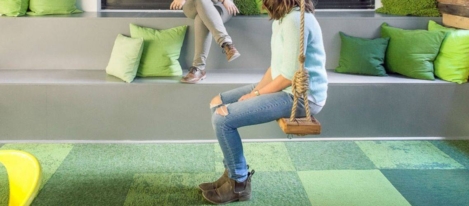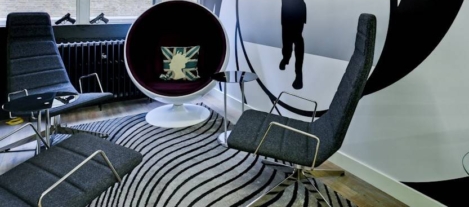December 22, 2015
How to compile your own Top Ten list of the World’s Coolest Offices
 The year draws to an end and making a list of what you claim are the world’s coolest offices or making claims about what makes an office cool is a great way of generating some much needed fin de siecle PR. That’s presumably why there are so many features about what constitutes a cool office. You can find them everywhere including in the Telegraph, Fortune, Esquire, Inc and Forbes. Or, like search engine Adzuna, you can openly boast about how much PR you’ve generated with your list and then do it again every year. If you want to tap into this meme, the great thing about it is that you don’t even have to know anything about or even visit the offices you deem cool enough to make your top ten. You can even choose offices from other people’s lists. All you have to do is follow a number of simple and interrelated criteria to come up with a list that is pretty much the same as all the others and say the same things about them.
The year draws to an end and making a list of what you claim are the world’s coolest offices or making claims about what makes an office cool is a great way of generating some much needed fin de siecle PR. That’s presumably why there are so many features about what constitutes a cool office. You can find them everywhere including in the Telegraph, Fortune, Esquire, Inc and Forbes. Or, like search engine Adzuna, you can openly boast about how much PR you’ve generated with your list and then do it again every year. If you want to tap into this meme, the great thing about it is that you don’t even have to know anything about or even visit the offices you deem cool enough to make your top ten. You can even choose offices from other people’s lists. All you have to do is follow a number of simple and interrelated criteria to come up with a list that is pretty much the same as all the others and say the same things about them.

































January 5, 2016
A round-up of stories you may have missed on your way back to work 0
by Mark Eltringham • Comment, Facilities management, News, Workplace design